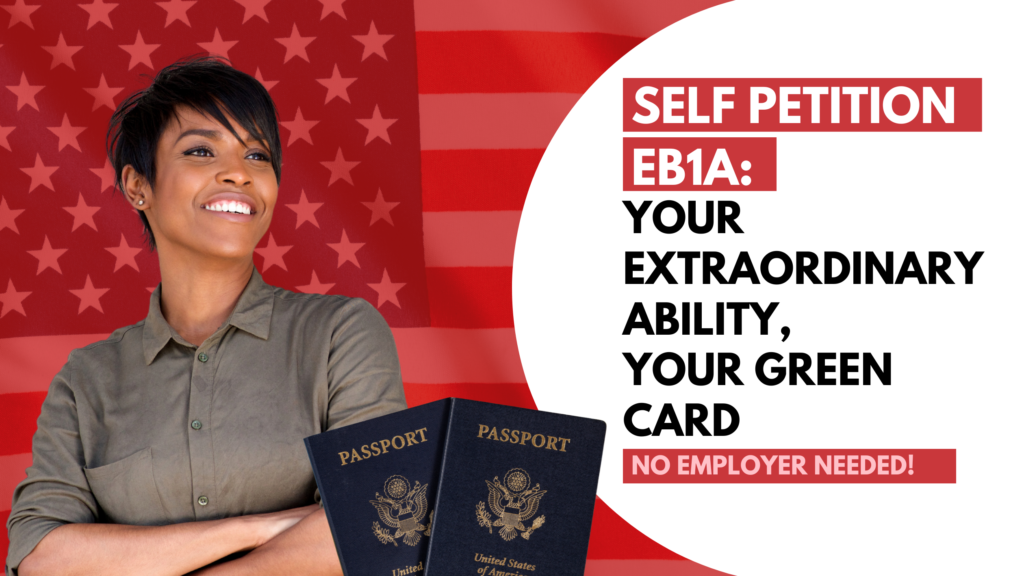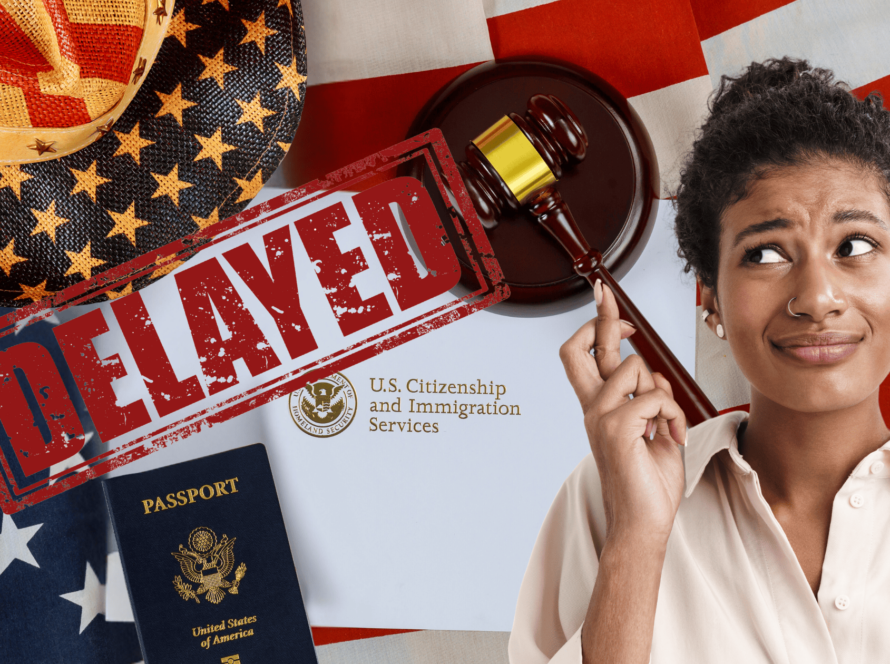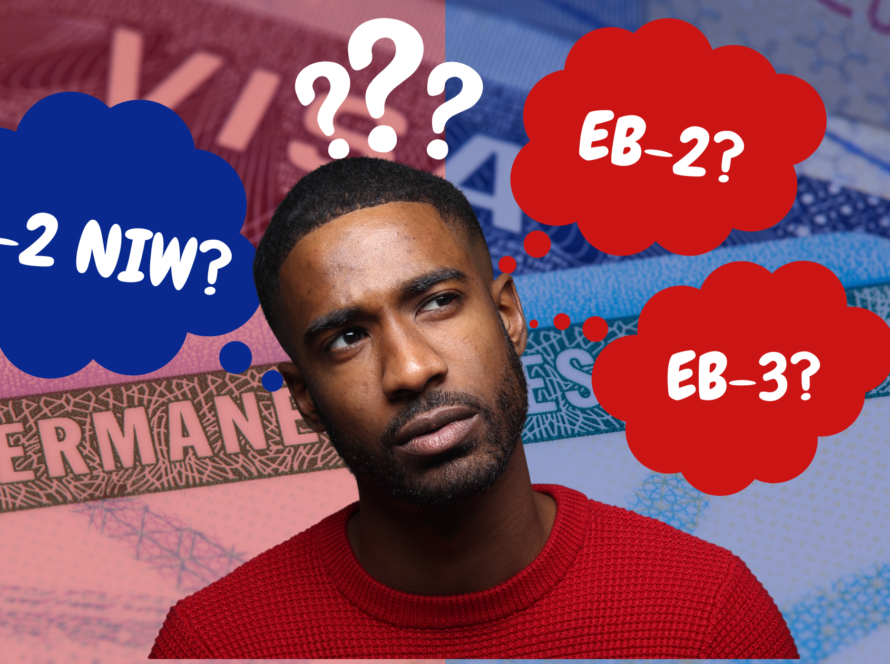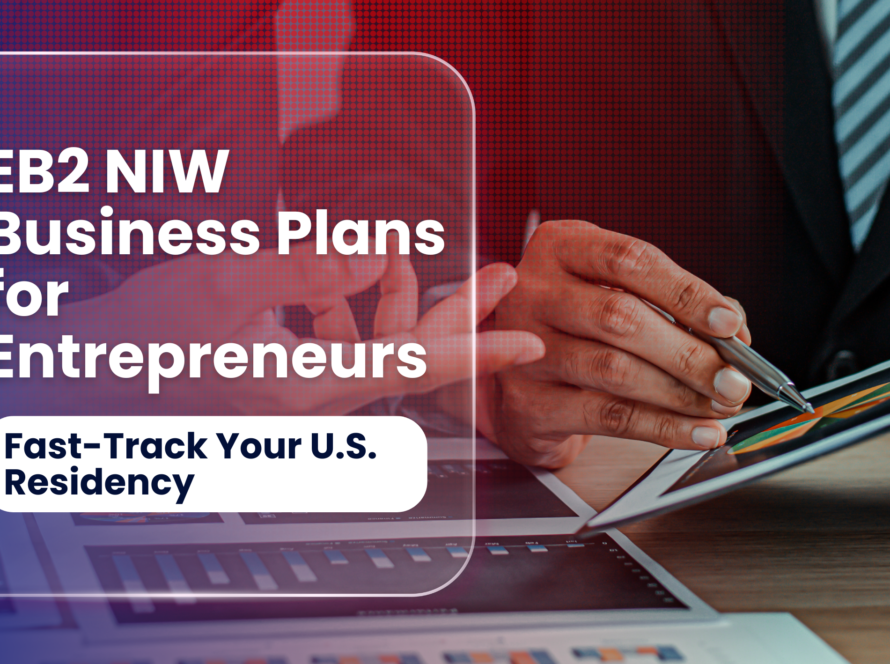
How to Self-Petition EB1A: Unlocking Your Extraordinary Ability
Imagine this: You have exceptional talents, you’ve won acclaim, contributed something original to your field, and you don’t want to depend on an employer to sponsor you. What if there’s a pathway where you file, you show your achievement, and you get a Green Card under “extraordinary ability”? That’s the EB1A self-petition. In this article, we’ll walk you through what it is, how to know if you qualify, how to build your case, and how My Green Card Story can guide you along the way.
What is EB1A Self-Petition?
EB1A (Employment-Based, First Preference, Category A: Extraordinary Ability) is a U.S. immigration category for people who have extraordinary talent in sciences, arts, education, business, or athletics. The key features:
Usually faster (though not guaranteed) than other immigrant categories, especially for those who can make a strong, well-documented case.
- No job offer or employer needed. You don’t need someone in the U.S. to sponsor you or provide a job.
- No labor certification required. You skip the PERM process, which many other EB categories require.
- Higher standard of proof. You must satisfy either a major international award (like a Nobel, Pulitzer, etc.) or meet at least three out of ten regulatory criteria demonstrating extraordinary ability.
- Usually faster (though not guaranteed) than other immigrant categories, especially for those who can make a strong, well-documented case.
Who Might Qualify for EB1A Self-Petition
You might qualify if you can credibly show:
- You’ve received significant international, national, or industry-wide recognition for your work (awards, media coverage, etc.).
- You’ve made original contributions of major significance to your field.
- You have published works or output (papers, articles, patents, performances) about your work.
- You have served as a judge of the work of others in your field.
- You earn a high salary compared to peers, or otherwise have achievements that set you apart.
Even if you don’t meet every bullet above, some people build strong cases with alternative forms of evidence, especially if they’ve done very well in several of those areas.
Steps to Self-Petition EB1A: Building Your Case
Here’s a conversational walkthrough to build your EB1A self-petition:
- Review the USCIS Criteria
There are ten possible criteria. You need three (unless you have a “major award” that alone qualifies). Familiarize yourself with what USCIS looks for in Evidence. - Gather Evidence & Organize It Well
- Awards, recognitions, media mentions.
- Publications or your work output.
- Letters of recommendation from people who know your field (peers, experts, etc.).
- Evidence of your roles (leadership, judging panels, etc.).
- Proof of salary or compensation or how your work is above standard industry norms.
- Tell a Convincing Story
The narrative matters. USCIS doesn’t only check off boxes; they evaluate how well your story (why your work matters, what you’ve done, how it benefits the U.S.) hangs together. - Prepare Forms & Petitions
Submit the I-140 petition under the EB1A category. Make sure your forms are correct, complete, and matched with your documentary evidence. - Consider Premium Processing
If you want faster adjudication, EB1A usually allows premium processing (for an extra fee). This helps speed things up. - Be Prepared for a Request for Evidence (RFE)
USCIS may ask for more details or clarity. If your evidence is strong, you can respond effectively. Make sure you already anticipate possible weak spots in your case and have backup documentation. - Wait for Decision
Once USCIS approves I-140, if you are in the U.S. you may adjust status; if outside, consular processing. After that you get your Green Card.
Real Life Highlight: Electrical Engineer’s EB1A Petition Approved in 7 Months!
In this video, an electrical engineer shares how he put together his petition, the challenges he faced, and how he managed to have his EB1A petition approved in just seven months. It shows how focused documentation, relevant evidence, clear presentation and persistence can lead to success. If you’re feeling overwhelmed, watching someone else do it gives you a roadmap.
Common Mistakes & How to Avoid Them
| Mistake | Why It Hurts | How To Avoid It |
| Weak letters of recommendation | If referees aren’t recognized or their letters don’t clearly establish criteria, USCIS may not consider them strong | Choose referees respected in your field, make sure their letters address how your work satisfies specific EB1A criteria |
| Overstating achievements without proof | Risks denials or RFEs; sometimes USCIS finds inconsistencies | Always back statements with documents: reports, media clippings, contracts, patents etc. |
| Focusing only on quantity (many publications, many projects) without quality or impact | USCIS cares about impact, recognition, prestige, and how things stack together | Emphasize where your work stood out: awards, significance, visibility |
| Poor organization of the petition / confusing narrative | Even if you meet criteria, if it’s hard for USCIS to see how you meet them, they might issue an RFE or deny | Structure your petition so each criterion is clearly addressed; use a summary table; cover letter that guides adjudicator through your evidence |
| Missing timelines or outdated evidence | USCIS often cares about recent work and continuing contributions | Show that your achievements are recent or that you’re still active in the field; don’t rely only on older stuff |
FAQ: Self-Petition EB1A
Q: Can I apply for EB1A entirely on my own, without an employer or sponsor?
A: Yes. EB1A is one of the few green card categories designed for self-petition. You file Form I-140 yourself, submit your evidence, and do not need an employer or job offer.
Q: Do I need to win a Nobel or globally famous prize?
A: No. While a “major international award” automatically satisfies the standard if accepted, it’s rare. Otherwise, you need to meet at least three of the ten criteria. Many successful applicants do so through a combination of awards, publications, media coverage, leadership roles, etc.
Q: How long does the EB1A process take?
A: It depends. If you use premium processing, the USCIS portion (I-140) can take as little as 45 calendar days after filing (for those eligible). But there may be delays from documentation gathering, RFEs, adjustment of status or consular processing depending on where you are. Overall, it can range from a few months to over a year.
Q: Will my country of origin affect my processing time?
A: After your Form 1-140 for your EB1A petition has been approved, your adjustment of status or consular processing will be determined by the country of origin.
Q: What evidence makes a strong EB1A petition?
A: Strong examples:
- International or widely recognized awards.
- Peer-reviewed publications or original contributions.
- Media about you or your work in respected outlets.
- Serving as judge of work by others in your field.
- Leadership or critical roles in major projects, exhibitions, or companies.
- Evidence that your work will continue and benefit the U.S.
Q: What happens if USCIS issues an RFE?
A: It means they need more proof. Don’t panic. It’s normal. Use the RFE as a guide: supply additional documents, clarify ambiguous evidence, and refer exactly to where the original shows what they asked. Strong organization and completeness from the start reduce the chance of RFEs.
Is Self-Petition EB1A Right for You?
Here’s a quick checklist to help you decide:
- Do you have recognition in your field (international or national)?
- Can you document original, impactful contributions (patents, publications, influence)?
- Are you still active in your field, with future plans?
- Do you have strong networks or references who can speak credibly about your work?
- Can you invest the time & effort to gather, organize, and present high-quality evidence?
If yes, EB1A could be a powerful pathway.
✨ Your Extraordinary Journey Deserves the Right Path
Don’t let uncertainty hold you back from pursuing your American dream. At My Green Card Story, we’ve walked this journey with professionals, researchers, and innovators just like you—and seen them succeed.
Whether you’re ready to self-petition under EB1A or exploring if the NIW route is better for you, our team will help you craft a winning strategy, tailored to your unique story and achievements.🚀 Your talent has already set you apart—now let’s make it count in the U.S.
📅 Book your consultation today and take the first step toward turning your extraordinary ability into a permanent future in America.
For official information on the EB-2 and NIW process, visit the USCIS website.
Let’s make Your EB2-NIW & EB1A journey a success! Stay connected with us! Follow My Green Card Story on all our socials for the latest updates, tips, and inspiring success stories. Got questions? We’re here to help!



